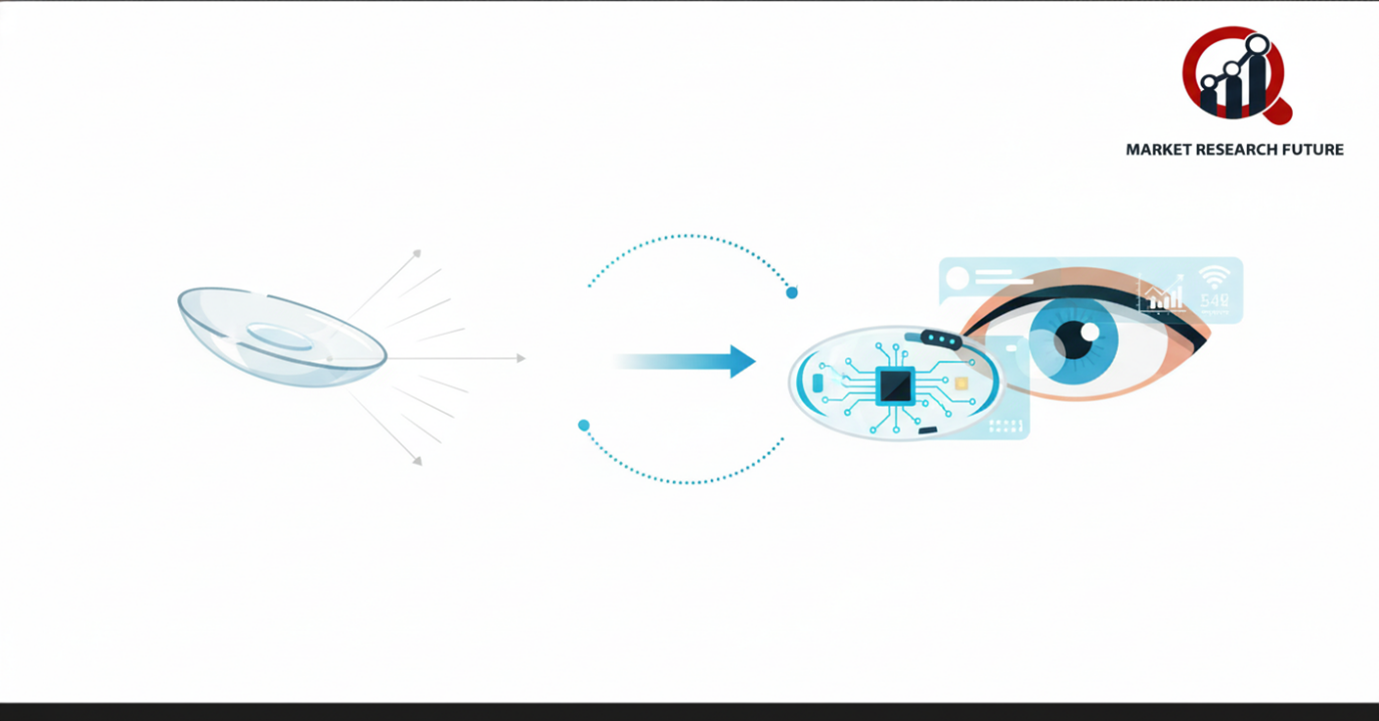The Evolution of Contact Lenses: From Vision Correction to Smart Innovation

Contact Lenses Market Overview
At first, contact lenses were just meant to help people see better, but now, they have added comfort, convenience, and improved vision performance. Researchers and engineers have come up with the idea of smart contact lenses that can help with advanced vision as well as monitor eye health in real-time. These smart contact lenses help optometrists monitor and surgically treat complicated conditions like glaucoma, dry eye syndrome, and other eye conditions with precision.
The Global Contact Lens Market is continuing to grow due to the rise in cases of refractive errors, technologically advanced lenses, and an increase in the demand for cosmetic and smart lenses. As lenses ease in daily hygiene and comfort, daily disposable and silicone hydrogel lenses have become the preferred choices of consumers, not just in the country but worldwide.
Historical Perspective
The 1920s were the decade when the use of contact lenses for medical and cosmetic reasons first became widespread. Contemporary lenses have the capability to:
- Fix astigmatism
- Improve vision for night driving.
- Possibly sense or see infrared light.
As technology and materials advance, the industry keeps innovating and expanding the scope of contact lenses.
Technological Breakthroughs
There’s a new groundbreaking technology that goes hand in hand with innovating new types of contact lenses and wearable technology. One of the partnerships was forged in 2018 when IMEC and SEED Co. Ltd worked on a smart lens that has an:
- Ultra-thin silicon microchip
- Built-in LED light
- Stretchable circuitry for comfort and flexibility
- A radio-frequency antenna for wireless power transfers.
Market Drivers
- The world’s population is getting older, and there is an unfulfilled need for eye correction in developing countries.
- The demand for eye health and routine eye exams is increasing.
- The eye is people’s new focal point; thus, cosmetic and colored contacts are in demand.
- New advanced materials that improve comfort and oxygen flow, as well as moisture retention, are changing the eyewear world.
Market Trends
- More and more people are choosing daily disposable lenses. Each lens is individually wrapped and can be thrown away after use. This is convenient and ensures good hygiene, especially in the post-pandemic era.
- People prefer silicone-hydrogel lenses in all markets. These lenses allow more oxygen to reach the eye and are more comfortable to wear.
- Demand for colored and fashionable contact lenses is growing. This is largely driven by younger consumers who are interested in cosmetic enhancement.
- More people are using hybrid lenses, which combine rigid and soft materials. These are especially suitable for people who have irregular corneas or special vision needs.
- Online shopping is changing the way lenses are sold. Customers can order customized and subscription lenses and have them delivered to their homes.
Future Outlook
The future of contact lenses includes integration, intelligence, and personalization.
Next-generation lenses will:
- Adapt to different lighting
- Assess biomarkers for early disease detection
- Possibly project augmented reality (AR) data
The transition of contact lenses from mere vision correction to sophisticated devices and technology for personalized vision is groundbreaking.